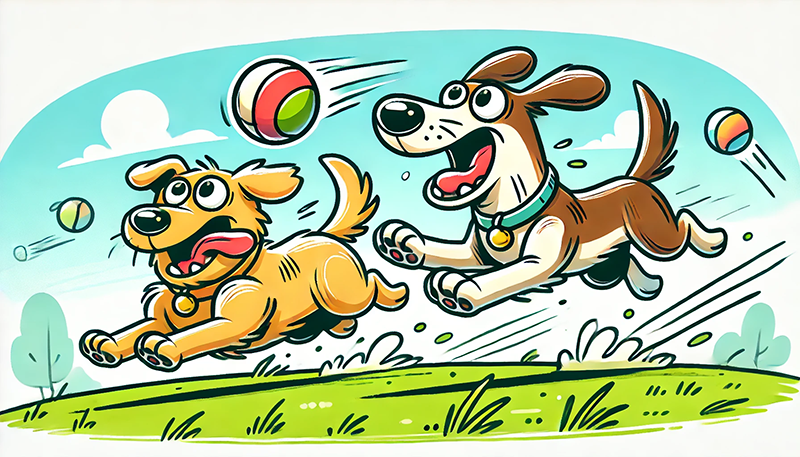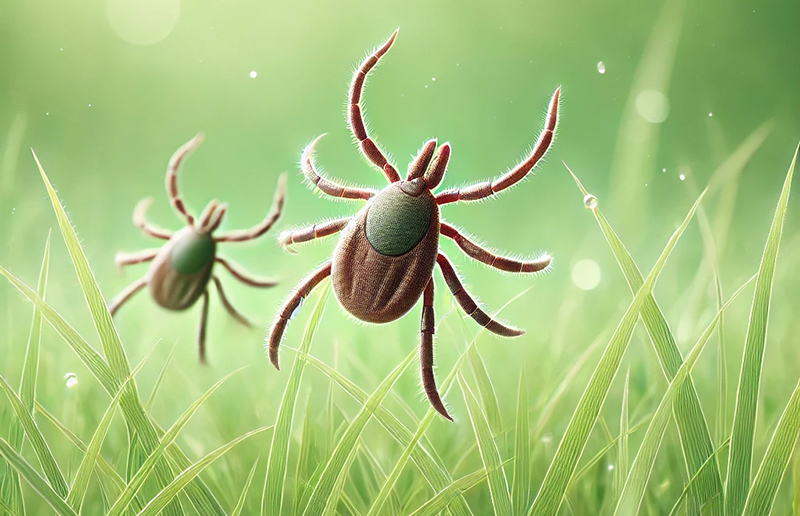Simparica Trio For Dogs
Simparica Trio is an innovative, once-monthly chewable tablet that simplifies parasite prevention for dogs. Developed by Zoetis, this all-in-one treatment combines three potent active ingredients to protect against heartworm, ticks, fleas, roundworms, and hookworms. Its palatable formulation and straightforward administration make it a favorite among pet owners, providing comprehensive, broad-spectrum defense with minimal hassle. By streamlining parasite control and enhancing overall canine well-being, Simparica Trio offers pet parents peace of mind and represents a crucial advancement in modern veterinary care.
-
Complete Parasite Protection: Prevents heartworm disease while treating and controlling fleas, ticks, roundworms, and hookworms.
-
Approved Tick Control: The only product proven to kill 6 types of ticks—including the deer tick that may carry Lyme disease.
-
Puppy Safe: Demonstrated safe for puppies as young as 8 weeks old and weighing at least 2.8 lbs.
Simparica Trio provides broad spectrum protection
Enhance Your Dog’s Protection
- Heartworm Protection: Studies have shown that one dose of Simparica Trio provided 100% protection against heartworm disease.
- Comprehensive Tick Control: Proven to kill 6 types of ticks, ensuring thorough tick protection.
- Rapid Flea Prevention: Prevents flea infestation by killing fleas before they can lay eggs—starting within 4 hours and reaching full effectiveness in 8 hours.
- Intestinal Parasite Control: Effectively treats and controls roundworms and hookworms, protecting your dog from intestinal parasites.

- Rapid Infestation: Fleas can infest your home quickly—starting to bite within 5 minutes—which can contribute to the spread of infectious diseases.
- Varied Reactions: Flea bites may result in anything from mild irritation and inflammation to more severe symptoms like sores and hair loss.
- High Egg Production: A single flea can lay up to 1,300 eggs in just 50 days, fueling infestations rapidly.
- Swift Flea Control: Simparica Trio kills fleas before they can lay eggs—beginning within 4 hours and achieving 100% effectiveness in 8 hours.
- Constant Threat: Ticks are present year-round in every part of the U.S.
- Disease Carriers: They transmit at least 15 serious diseases to dogs, including Lyme disease.
- Effective Tick Control: Simparica Trio is proven to kill and block infections from 6 types of ticks, including the deer tick that may cause Lyme disease.
- Infection Risk: A single bite from an infected mosquito can transmit heartworm disease, which may be fatal.
- Persistent Threat: Heartworm disease is a year-round risk and has been diagnosed in all 50 states.
- Delayed Detection: Even with routine testing, it can take up to 9 months for the disease to be detected.
- Potentially Deadly: If untreated, heartworm disease can lead to fatal outcomes.
- Intestinal Damage: Roundworms and hookworms can grow throughout the intestines, causing significant harm to your dog.
- Noticeable Symptoms: Infections may lead to stomach swelling, vomiting, diarrhea, and dehydration.
- Environmental Contamination: Infected dogs can contaminate their surroundings, increasing the risk for other pets and people.
- Puppy Vulnerability: Puppies are particularly susceptible, often getting infected through breast milk or exposure before birth.




